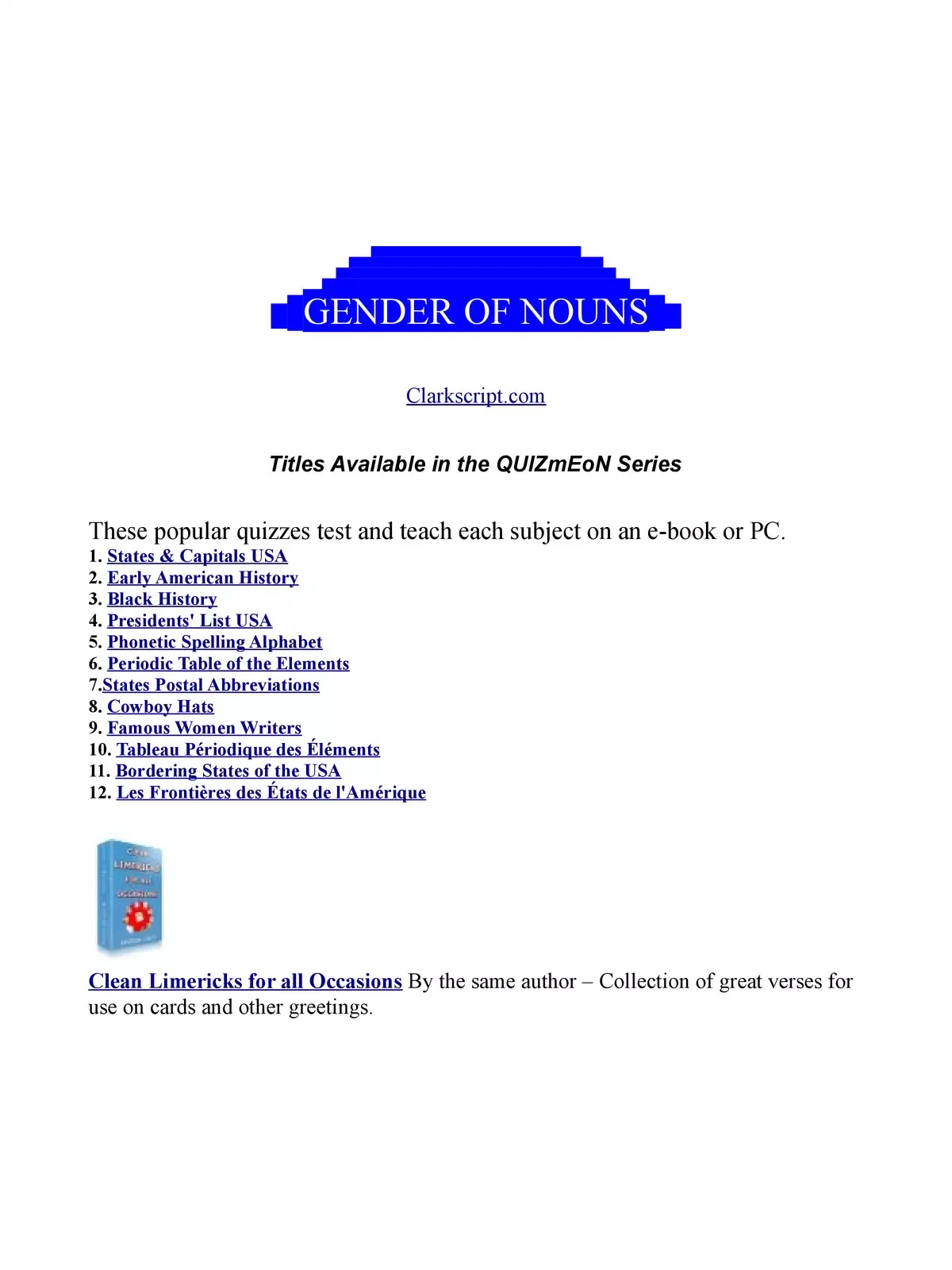
Masculine and Feminine Gender List A to Z
Understanding Masculine and Feminine Genders
Masculine nouns refer to words that describe male figures or male members of a species (like man, boy, actor, horse, etc.), while Feminine nouns denote female figures or female members of a species (such as woman, girl, actress, mare, etc.).
Masculine and Feminine Gender List
| Masculine | Feminine | Gender-neutral |
|---|---|---|
| man | woman | person |
| father | mother | parent |
| boy | girl | child |
| uncle | aunt | |
| husband | wife | spouse |
| actor | actress | |
| prince | princess | |
| waiter | waitress | server |
| rooster | hen | chicken |
| stallion | mare | horse |
Common nouns represent members of a species without specifying the gender (like parent, friend, client, student, etc.). Neuter nouns refer to objects that have no gender (like rock, table, pencil, etc.).
Many nouns for roles and jobs can be used for both masculine and feminine subjects. For instance, cousin, teenager, teacher, doctor, student, friend, and colleague can refer to anyone, regardless of gender.
Examples
- Mary is my friend. She is a doctor.
- Peter is my cousin. He is a doctor.
- Arthur is my friend. He is a student.
- Jane is my cousin. She is a student.
You can further specify gender for these neutral terms by adding male or female.
Examples
- Sam is a female doctor.
- No, he is not my boyfriend; he is just a male friend.
- I have three female cousins and two male cousins.
Sometimes, we use gendered pronouns for things that don’t have a gender to show familiarity. However, it’s also perfectly fine to use the gender-neutral pronoun (it).
Examples
- I love my car. She (the car) is my greatest passion.
- France is popular with her (France’s) neighbors at the moment.
- I travelled from England to New York on the Queen Elizabeth; she (the Queen Elizabeth) is a magnificent ship.
You can download the Masculine and Feminine Gender List in PDF format from the link below! This resource will surely enhance your understanding of genders in the English language.